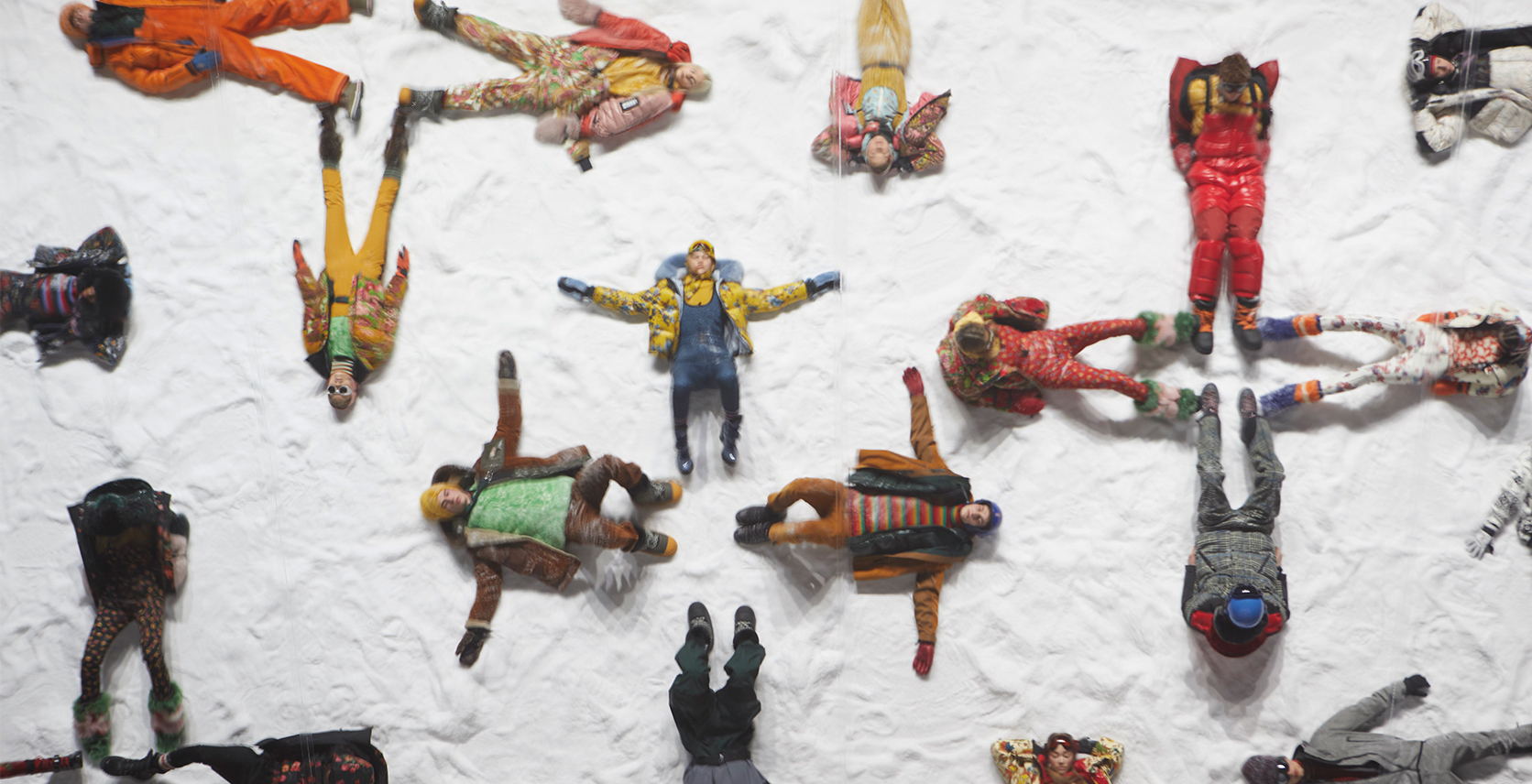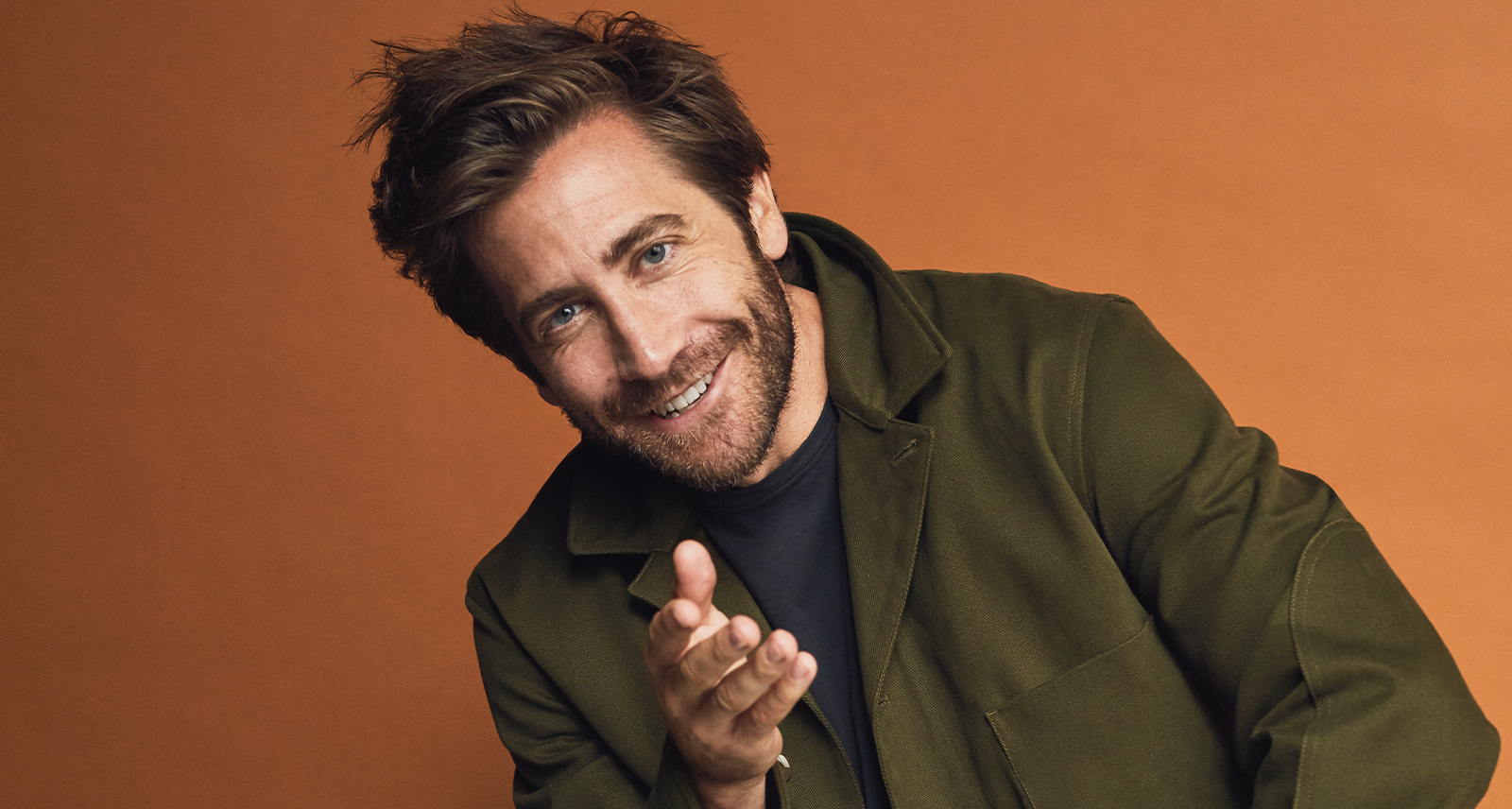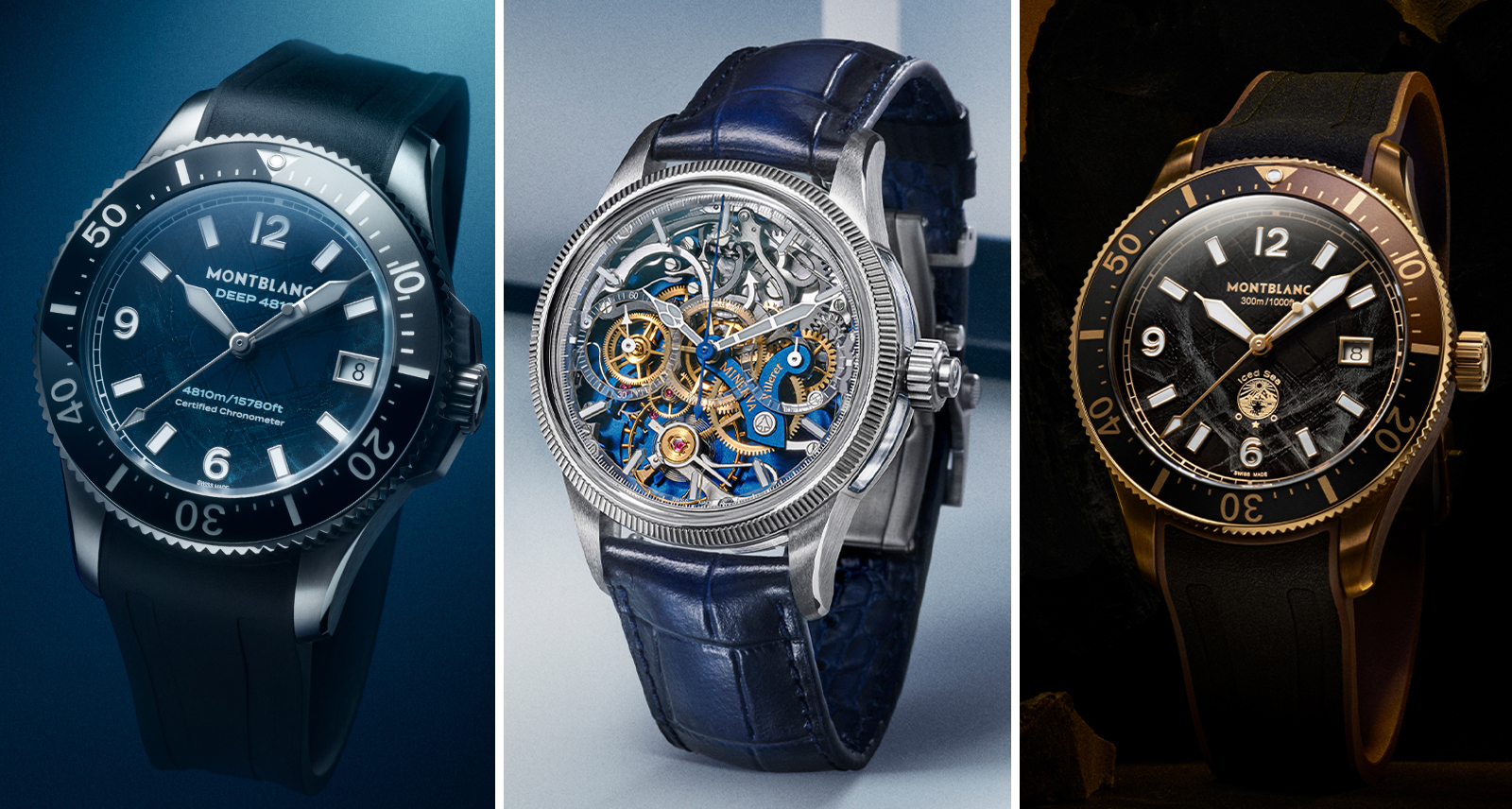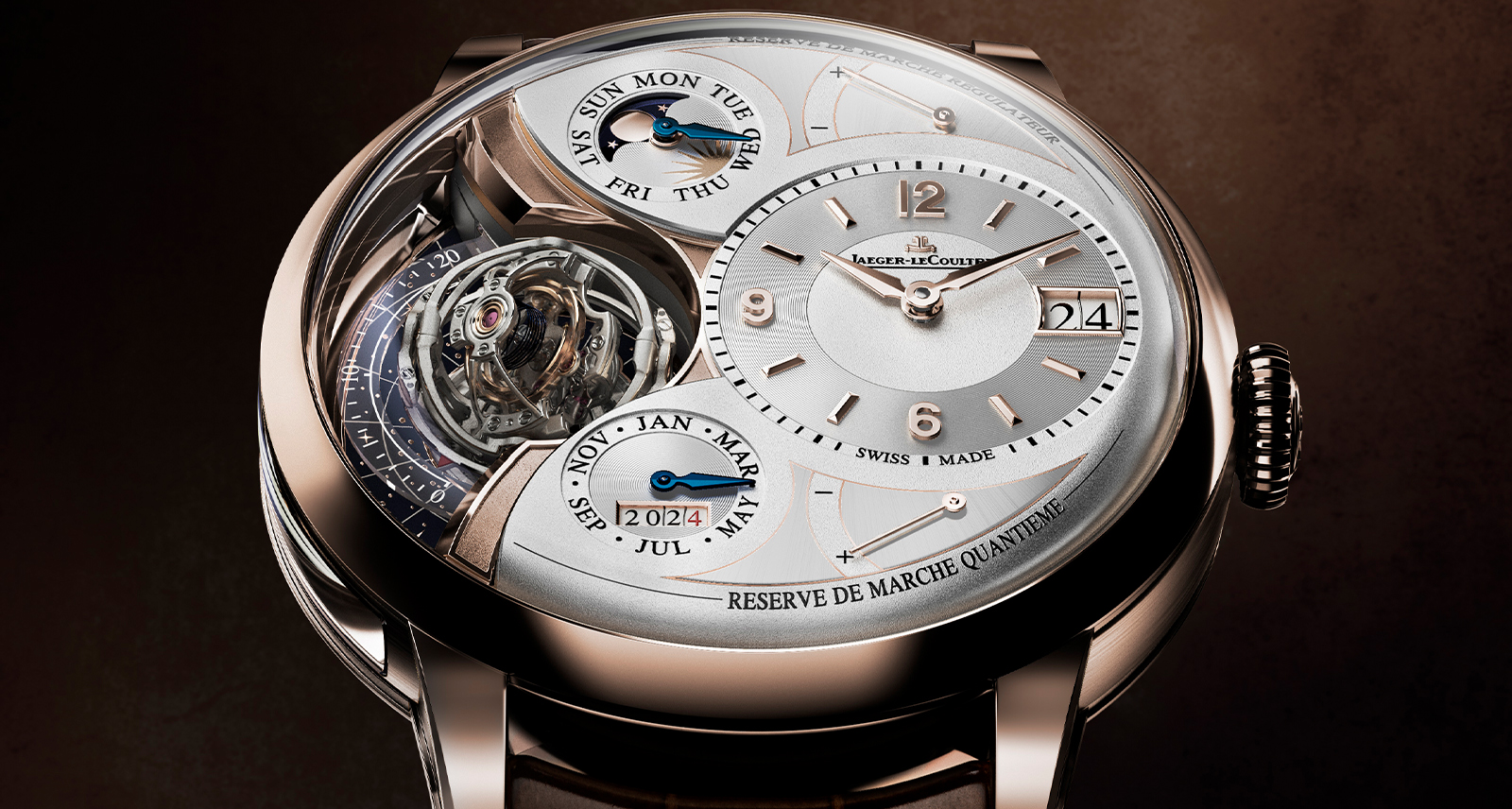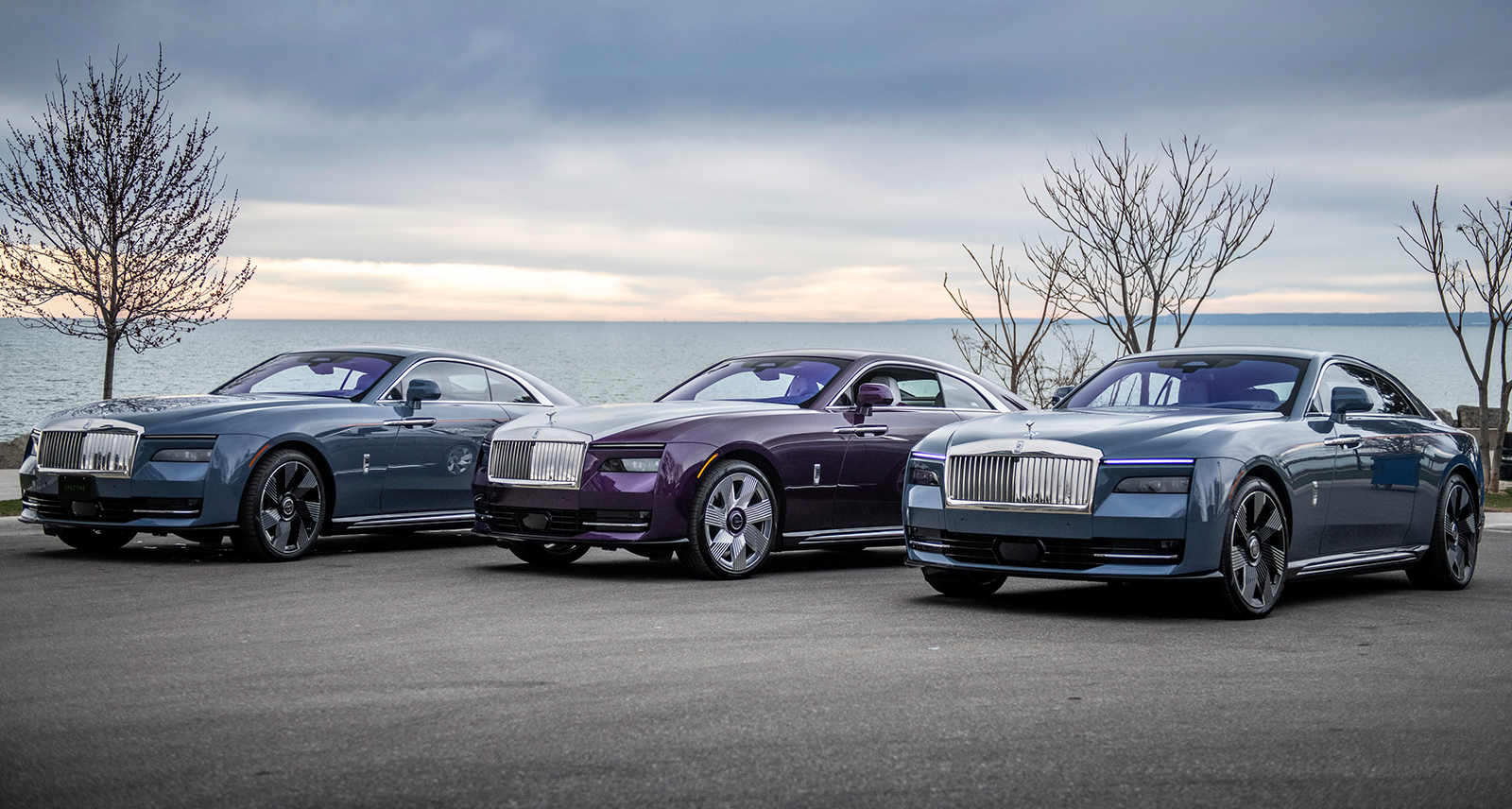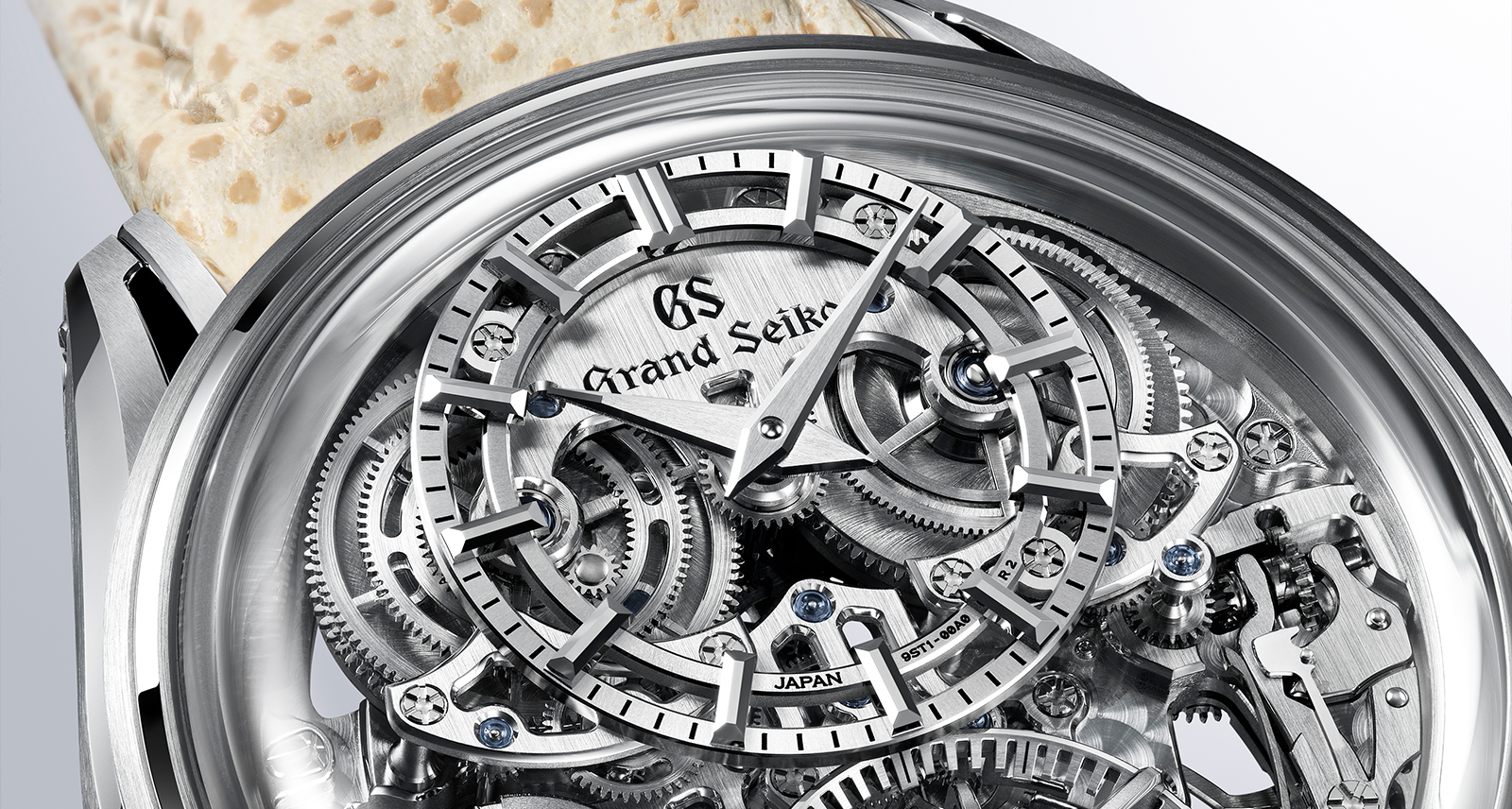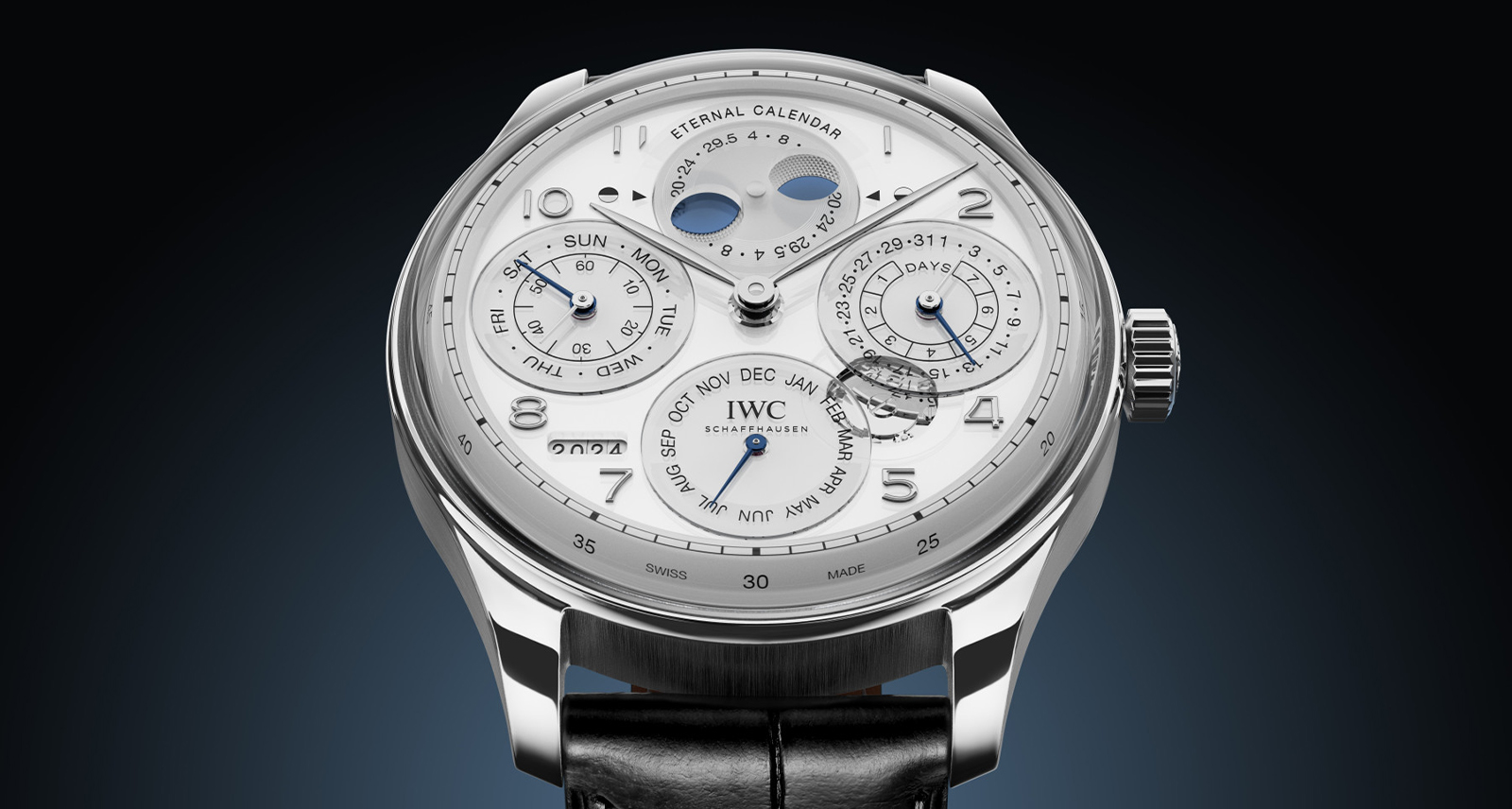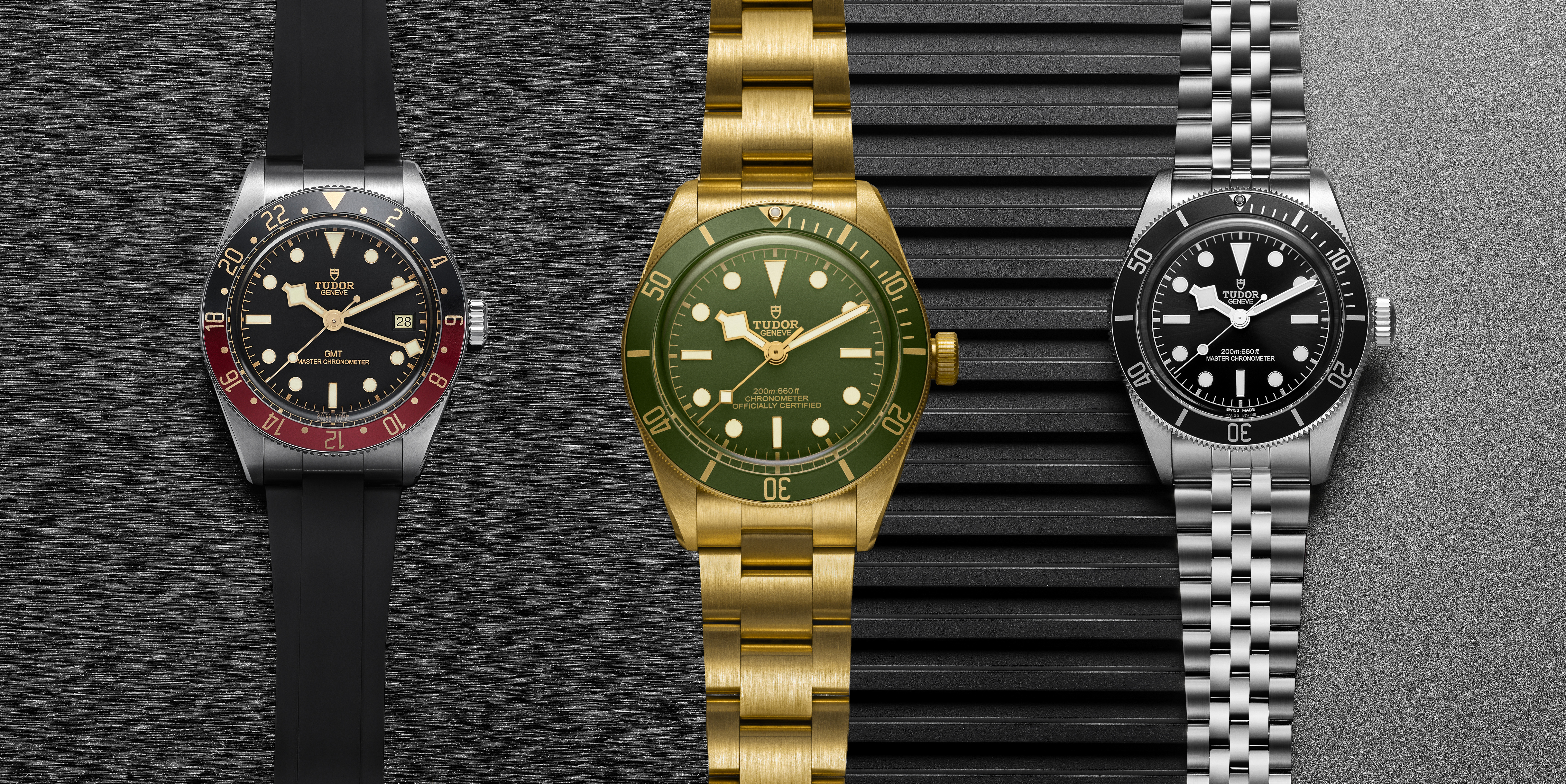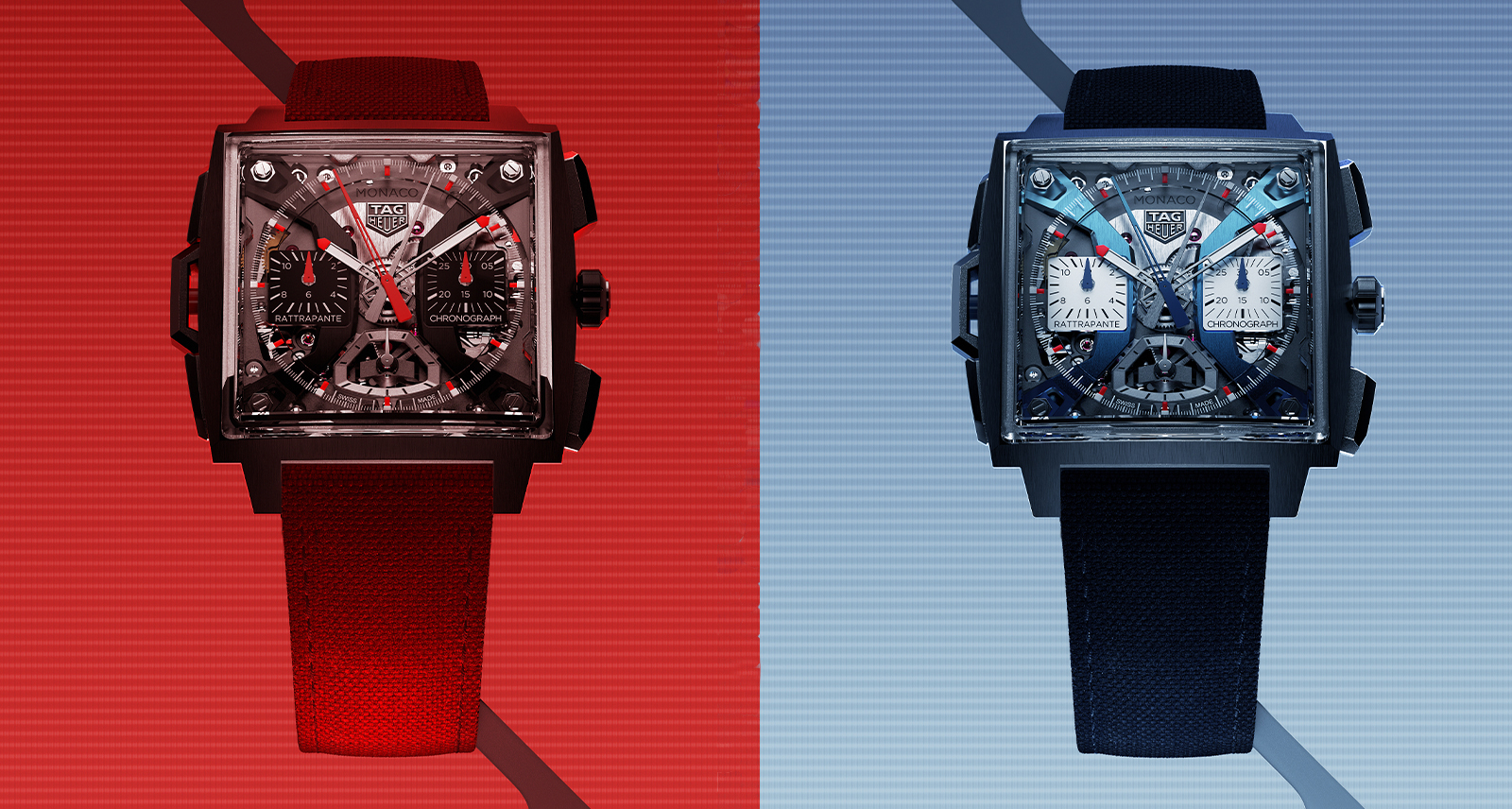With Genius, Moncler Is Reinventing the Traditional Fashion Cycle — and They’re Just Getting Started
In February, Milan fashion week opened not with a show, but with a spectacle. In a cavernous event hall, lights pulsed and music blared. Eight structures emerged from the dark — towers of shimmering silver curtains from floor to ceiling, each marked with a number and containing a secret. The world’s most fashionable people streamed in like moths drawn to the stylishly flickering lights, scrambling to get through the tiny fabric openings of each structure. And the garments they found inside were, collectively, unlike anything else they would see all week. It was a not-so-quiet fashion industry revolution, quilted in 90/10 down.
Rather than present a single show — or even a single collection — Italian outerwear powerhouse Moncler took the opportunity to present something much more ambitious: a series of eight individual collections that would be released monthly over the coming year, each designed by a different high-profile collaborator, and together called “Genius.” These included everything from subtle reworkings of the brand’s core puffy down jacket (as in the shiny 1952 collection) to completely fantastical stories told through down and polyester, as with the samurai-inspired collection by the British designer Craig Green.
Of course, reinvention has been at the core of Moncler’s brand for much of the last decade. It’s a major contributor to their recent success. Founded in 1952, Moncler was originally a kind of low-key workwear operation — its down jackets protected employees at the French ski village of Monestier-de-Clermont (which lends Moncler its name) from the elements as they went about their business. The jackets were revered for their quality, if only by the lucky few employees who got to wear them. But quality doesn’t often stay a secret for long. Word spread about the technical prowess of the jackets, and soon world-class skiers, climbers, and other mountaineering types both amateur and professional sought out the brand for their most extreme expeditions. By 1968, Moncler jackets were in such demand that the brand was chosen to outfit the French national team at the Grenoble Olympics.
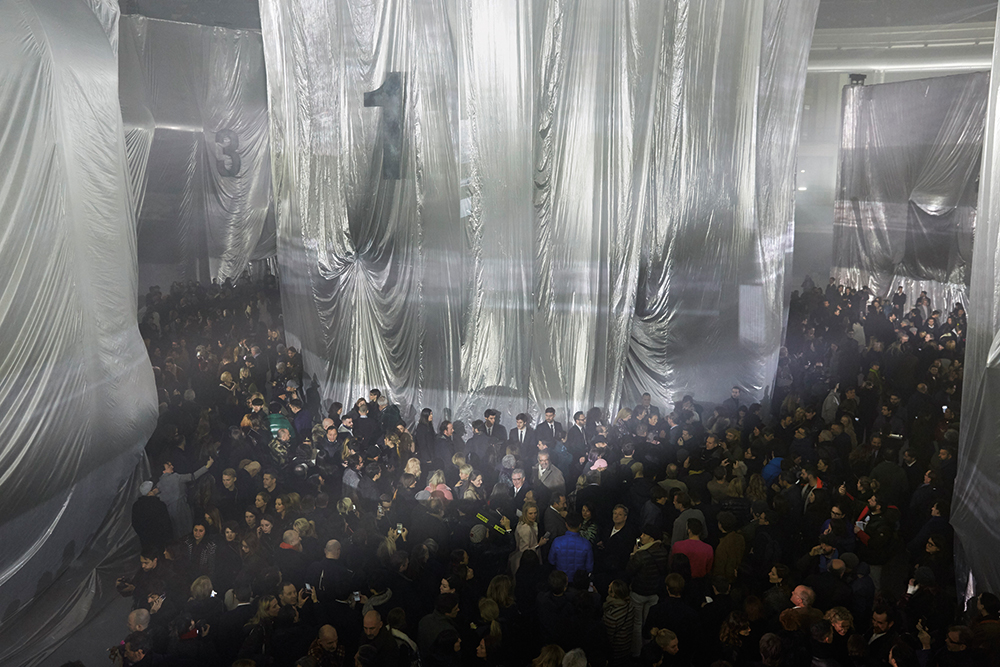
But that would be the height of Moncler’s French identity. For a time after, the brand stagnated. Skiers around the world loved the technical aspects of its iconic puffy jackets, but fashion always came second. That is, until 2003, when Moncler was bought by Remo Ruffini and remade with an Italian sensibility.
Ruffini came from a fashion background. And he had a vision. He moved the company’s headquarters to Milan, and set about the systematic process of turning a ski brand into a high-fashion powerhouse. It wasn’t always easy. But 15 years and one interstellar Drake music video later, Moncler now stands as one of the world’s premier luxury outerwear brands — a status symbol that holds the rare distinction of being both exceptionally fashionable and technically capable.
“Creativity has no boundaries. Nowadays, men have the freedom to choose what they really love and to mix different styles freely.”
So why mess with what’s working? “I do believe that managing to observe what surrounds us and trying to imagine it in a different way each time, or applied to new forms of expression, is a fundamental exercise for those in my line of work,” says Ruffini, when asked about how the Genius project came about. In other words: fashion moves quickly, so don’t sit around and wait for the next trend cycle to push you out of the conversation. Take chances. Reinvent the wheel.
And so we find ourselves here, in a massive warehouse-like space in Milan, confronted with a series of collections that are, collectively, more art installation than fashion show. “We presented a new strategy aimed at disrupting the traditional twice-yearly rhythm of the fashion shows by rolling out collections once a month,” says Ruffini. “Both creativity and uniqueness are the fuel to this brand-new project.”
Each designer embraced that creative spirit and dramatically reconceived what a down jacket can be. Simone Rocha added a Victorian preppy charm to her collection of asymmetrical coats, while Craig Green presented haunting Samurai-like figures of puffed down. Valentino’s Pierpaolo Piccoli showed chaste silhouettes reminiscent of The Handmaid’s Tale; meanwhile, Hiroshi Fujiwara debuted the Moncler Fragment collection that cleverly updated the brand’s après-ski ethos. There were the kaleidescopic Moncler 1952 collection and Sandro Mandrino’s human snowflake installation for the brand’s iconic Moncler Grenoble line, plus the equally outrageous and fun work from Noir Kei Ninomiya and Francesco Ragazzi of Palm Angels.
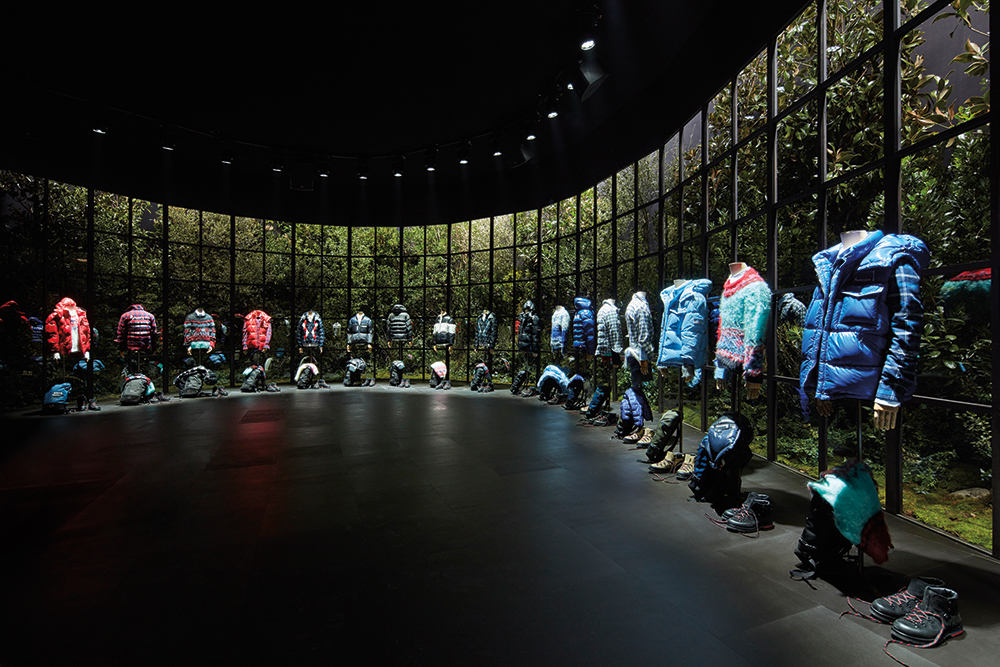
“Creativity has no boundaries,” says Ruffini, admiring the work his team put in over two years and across dozens of countries to make Genius a reality — and to change the way men shop, and maybe even think. “Nowadays, men have the freedom to choose what they really love and to mix different styles freely. I believe this is a great achievement.”
While a spectacle like Moncler Genius might seem all flash, it’s actually — like the jackets themselves — based soundly on practicality. “To me, it’s very important to connect with the young generations,” Ruffini says. “Their weight in general is already now a little bit more than a third of the total sales in the luxury market and is expected to continue to grow in the future, and to reach almost half of the total sales in the luxury sector. The industry is setting the rule in being faster, more dynamic and energetic.”
For Ruffini, the only way to make a splash at fashion week — that gruelling seasonal circuit of sameness — is to completely blow up fashion week. To build something bigger, bolder, and grander in scale, and hope it proves your point. To present a series of collections that reinvent your core products while maintaining their integrity. To have the temerity to try something new, stand back, and see what happens. And if you do it well, it isn’t hubris, exactly; it’s plain old genius.
